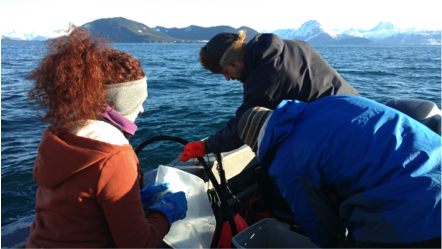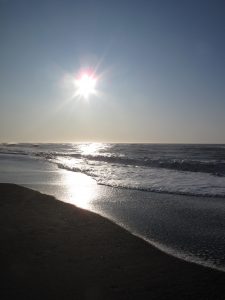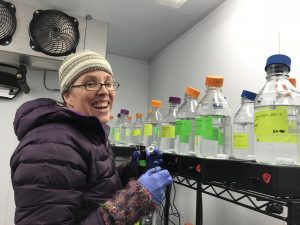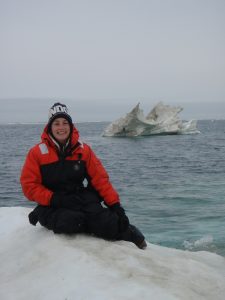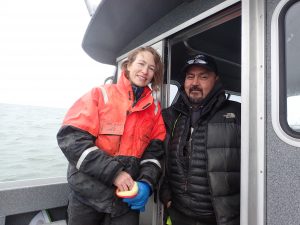Phytoremediation of petroleum-contaminated soils
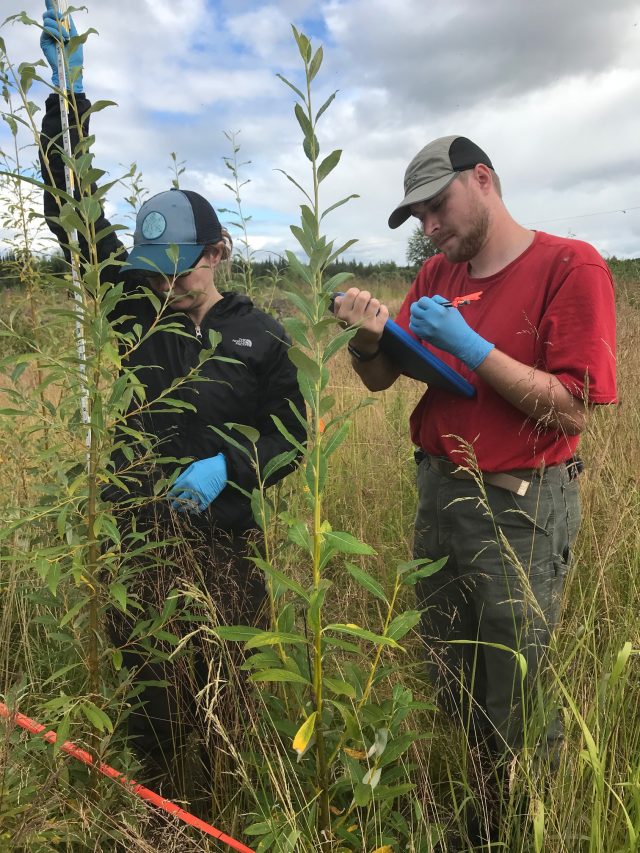
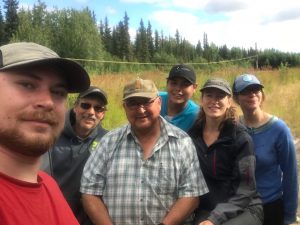
We’re working to assess the effectiveness and understand the mechanisms underlying phytoremediation (rhizoremediation), the use of plants and associated microbes, for cleanup of petroleum-contaminated soils in Alaska with a focus on rural communities. This includes advanced molecular genetic work on microbial communities, studies of biodegradation processes, plant natural product chemistry, contaminant analyses, and ecological assessments of contaminated sites. We’re also working closely with rural community members to find ways to improve local environmental self-determination, including identifying strategies that foster local engagement, employment, and economic benefit of cleanup activities.
By working closely with regulators (Alaska Department of Environmental Conservation), we initiated a long-term experimental/demonstration site in the rural community of Kaltag, AK, to remediate soil heavily contaminated with diesel that has been relocated from the schoolyard. If successful, this phytoremediation approach may be applied to many other sites across the state.
Funding for this research has been provided by the Alaska Department of Environmental Conservation, Alaska INBRE, USGS NIWR, the Czech Ministry of Education, the UAF BLaST Program, and the National Science Foundation.
